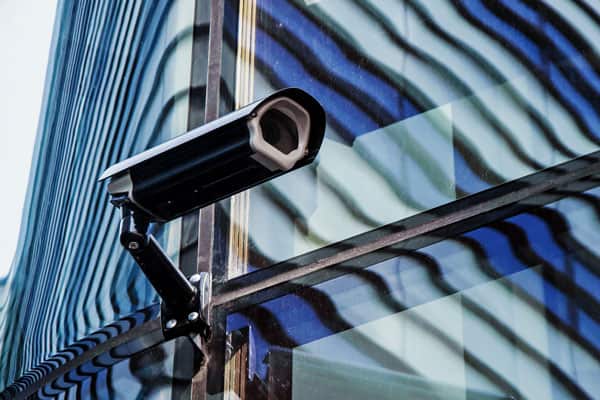By: Prasanth Aby Thomas
Outdoor projects can be simple as hanging cameras on the outside of a building and routing cables internally to the network. However, the projects can also get complex very quickly.
In a recent webinar by LENSEC, Keith Harris, Marketing Manager of the company explained the processes involved in properly planning an outdoor surveillance project.
“Where do we start?” says Harris. “We start with the site survey. Talk is cheap and you can talk about a project all day long, but seeing the site location can speak volumes about the scope of the project and what actually needs to be done. Pre-planning your project is helpful in order to understand priorities.”
So walking through the site gives an integrator more information about the scope of what he needs to do. This will help understand distances, line of sight challenges and installation obstacles much better. These are details that cannot be understood from Google Maps.
Harris further suggested that when determining an outdoor camera position, the two most important factors to consider are power and transmission. He addressed three different scenarios of outdoor surveillance projects. Scenario 1 with no infrastructure, scenario 2 with limited infrastructure and scenario 3 with solid infrastructure.
“A good example for no infrastructure would be an oil rig site,” he said. “You’ve got no buildings, no power, out in the middle of nowhere.”
Many questions can come up in such a case as to the location and process of the installation. Because you have no infrastructure, you may not have an existing position to mount the camera, so you may require poles to be put in place fist. In remote locations access to the network or even power could be an issue. Data might have to be transmitted through a cellular data network, but these are not always reliable either. Powering is another issue, which may require an even a solar solution.
In areas where there is limited infrastructure, there is still no secure climate controlled environment to deploy your solution. You are better off than having no infrastructure, but still have to overcome certain challenges.
A park pavilion could be an example. Such a place is open on all sides. The pavilion offers a good place to mount cameras but you may not have network access nearby to transmit data. In these situations, you may have to use edge camera storage or find a way to enclose a video server to record data. When this is done you will have to think of protecting the server.
“Solid infrastructure gets a little easier,” Harris said, speaking of the third scenario. “Finished buildings are on site and in reasonably close distances of the camera location. This could be an office building, parking lot for example, so you definitely have you power in close proximity to the camera.”
This is the best case scenario for installation of an outdoor project. Here the concerns go beyond just the availability of power and network connectivity to the verification of voltage and more advanced concerns. You have more options when it comes to getting your video back to the recorder.



